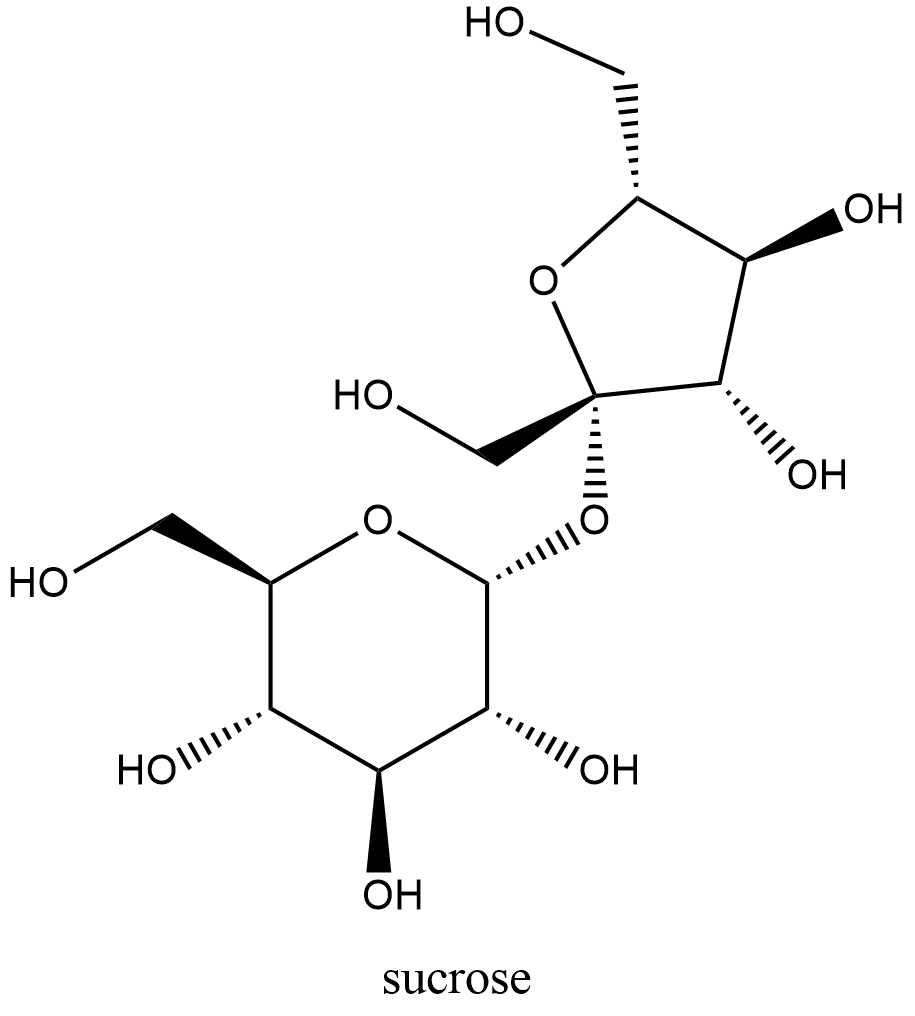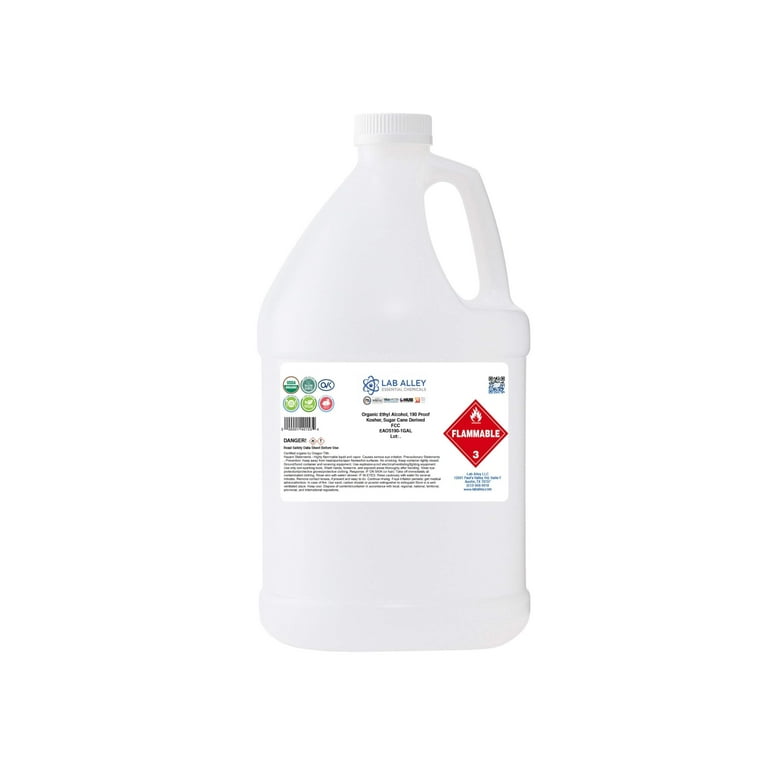Exploring the Versatile Utilizes of Sugar Cane Beyond Sugar
Sugar Cane is frequently associated only with sugar, yet its applications prolong far past. This flexible plant plays a critical duty in different markets, including biofuels and bioplastics. Additionally, its fibers contribute to sustainable construction and textiles. The economic implications of sugar Cane production even more emphasize its value. As advancements continue to emerge, the possibility of sugar Cane to drive economic and ecological innovations comes to be progressively evident. What various other surprises does this resistant plant hold?
The Duty of Sugar Cane in Biofuels
As nations look for lasting power sources, sugar Cane has become a vital player in the biofuels industry. This tropical plant is rich in sucrose, which can be fermented to produce ethanol, a sustainable fuel alternative to fossil gas. The cultivation of sugar Cane for biofuel production not only decreases greenhouse gas exhausts but also adds to energy safety, especially in sugar-producing nations.
Sugar cane-derived ethanol can be blended with gas, enhancing its octane rating and lowering reliance on non-renewable resources. The byproducts of sugar Cane handling, such as bagasse, are useful for creating electricity, making the entire manufacturing cycle energy-efficient.
Research proceeds to check out sophisticated approaches for making best use of power yield from sugar walking stick, strengthening its function in the shift to cleaner power remedies. As international demand for lasting fuels increases, sugar Cane attracts attention as an integral element of the biofuel market.
Sugar Cane as a Source of Bioplastics
Although the ecological influences of plastic contamination are increasingly concerning, sugar Cane offers an encouraging option as a resource of bioplastics. Acquired from renewable resources, bioplastics made from sugar Cane can significantly minimize reliance on petroleum-based plastics. These bioplastics are produced with the fermentation of sugars drawn out from the walking cane, resulting in materials that can be eco-friendly or compostable, relying on their formula.
The usage of sugar Cane bioplastics not only reduces carbon emissions yet likewise promotes sustainable farming methods. By using agricultural waste and results, the total environmental footprint of production is decreased. In addition, products made from sugar Cane bioplastics can flawlessly incorporate into existing waste management systems, resolving problems about waste buildup.
As industries seek lasting services, sugar cane-based bioplastics stand for a viable alternative that lines up with international initiatives to fight plastic air pollution and promote a circular economic situation.
Medicinal Applications of Sugar Cane
Sugar Cane is identified for its antioxidant homes, which add to numerous health advantages. Furthermore, it has been made use of in typical solutions throughout societies, highlighting its value in alternative medicine. These characteristics highlight the possibility of sugar Cane in the field of medical applications.
Antioxidant Characteristics of Walking Cane
Many studies have actually revealed that sugar Cane has substantial antioxidant homes, making it a beneficial component in medical applications. The phenolic compounds located in sugar walking cane, such as flavonoids and phenolic acids, contribute to its capability to counteract totally free radicals, thus minimizing oxidative tension in the body. This antioxidant activity is connected to numerous wellness advantages, including improved cardio health and enhanced immune feature. Additionally, sugar Cane removes have been revealed to show anti-inflammatory effects, which can even more support general health. By combating oxidative damages, sugar Cane may contribute in the avoidance of chronic diseases, making it an interesting subject of research study for its possible restorative uses in contemporary medicine.
Standard Treatments and Makes Use Of
While contemporary medicine often relies upon synthetic substances, typical treatments utilizing sugar Cane highlight its longstanding importance in different cultures. In lots of tropical regions, sugar Cane juice has actually been made use of as an all-natural solution for disorders such as dehydration and digestive concerns. Its high water content and necessary nutrients make it a popular therapy for urinary system system infections and kidney rocks. Additionally, sugar Cane is believed to have anti-inflammatory properties, aiding in the alleviation of respiratory conditions and sore throats. People medicine commonly incorporates sugar Cane in mixtures to enhance power and boost total wellness. These age-old methods highlight the convenience of sugar walking cane, prolonging its value past sweetness to encompass health and health applications.
Eco-Friendly Building And Construction Products From Sugar Walking Stick
Sugar walking cane, typically acknowledged for its pleasant yield, is gaining attention as a source of eco-friendly building products. These products provide sustainable structure solutions, including eco-friendly composites that decrease ecological effect. Additionally, sugar cane-derived items give efficient insulation buildings, improving energy performance in frameworks.
Sustainable Building Solutions
As the global need for sustainable building materials rises, innovative options originated from sugar Cane have emerged as a feasible option. This renewable energy provides numerous applications in green structure services, particularly through its byproducts. Sugar Cane fibers, recognized for their toughness and durability, can be used in producing insulation materials and composite panels. Furthermore, the juice and molasses from sugar Cane can be refined into bio-based adhesives, decreasing dependence on petroleum-based items. Using sugar Cane not only decreases waste yet additionally adds to lower carbon emissions during manufacturing. Furthermore, including these materials right into building practices supports the round economy, promoting sustainability while dealing with the pushing environmental difficulties faced by the building and construction sector.
Eco-friendly Composite Products
Naturally degradable composite products have actually gathered attention as lasting options in building and construction, particularly those stemmed from sugar walking cane. These products utilize the fibrous by-products of sugar walking stick, such as bagasse, to produce composites that are both lightweight and strong. By including these all-natural fibers, producers can generate products that minimize reliance on conventional plastics and non-renewable resources. The sustainable nature of sugar Cane compounds not just lessens ecological effect yet also sustains farming economic situations by giving added profits streams for farmers. Additionally, the biodegradability of these composites guarantees that they do not add to long-term waste in landfills. As the building market seeks greener services, sugar cane-derived compounds offer a promising course toward more eco-friendly building methods.

Insulation Features and Benefits
The insulation buildings of eco-friendly building and construction materials derived from sugar Cane offer significant benefits in energy effectiveness and environment control. Sugar Cane fibers have all-natural shielding top qualities that aid regulate interior temperatures, minimizing the need for extreme home heating or air conditioning. This characteristic adds to decrease energy consumption, advertising sustainability in building techniques. Furthermore, making use of sugar cane-based insulation materials is beneficial for indoor air quality, as they are much less most likely to discharge unpredictable natural compounds (VOCs) contrasted to conventional insulation products. These products are you can look here biodegradable, straightening with eco-conscious building goals. As the construction sector seeks greener options, sugar cane-derived insulation stands out as an appealing remedy that combines performance with environmental obligation, sustaining both power financial savings and environmental conservation.
Sugar Cane in the Fabric Industry
Commonly forgotten, sugar Cane plays a substantial duty in the textile market, mostly via the production of sustainable fibers. These fibers, originated from the plant's results, are increasingly acknowledged for their environmentally friendly residential properties. Sugar Cane fibers, such as bagasse and sisal, are sturdy and eco-friendly, making them attractive alternatives to traditional artificial fibers.
Their usage in fabrics promotes sustainability by minimizing reliance on petroleum-based products while likewise providing an opportunity for waste reduction from sugar manufacturing. Furthermore, advancements in fabric processing have allowed manufacturers to blend sugar Cane fibers with various other materials, enhancing the general high quality and flexibility of fabrics.
This change in the direction of incorporating sugar Cane in textiles reflects a wider fad in the industry, going for ecologically liable methods. As demand for sustainable materials proceeds to rise, sugar walking cane's duty in fabrics may increase, supplying both eco-friendly and economic advantages.
Nutritional Perks and Pet Feed

Additionally, sugar Cane contains important minerals and vitamins that enhance the nutritional account of pet feed, boosting resistance and general health. Its wonderful taste and palatability make it an enticing feed option, urging feed consumption among animals. By integrating sugar Cane right into their diet plans, animals producers can lower reliance on conventional feed sources, potentially lowering feed expenses while keeping animal health and wellness and performance. Sugar Cane emerges as a nutritious and sustainable alternative in the area of pet farming.
Area The Economic Impact of Sugar Cane Production
While lots of agricultural assets add to neighborhood economic climates, sugar Cane manufacturing stands out due to its substantial financial influence across various regions. This versatile plant not only gives work chances in farming, circulation, and handling but additionally supports ancillary markets such as transportation and production. In nations like Brazil and India, sugar Cane is an important vehicle driver of country advancement, cultivating economic stability and improving livelihoods.
The by-products of sugar walking cane, including ethanol and molasses, better expand income streams, developing extra markets and decreasing dependence on typical sugar - What Is Sugar Cane Used For. In addition, as worldwide need for sustainable energy surges, the role of sugar Cane in biofuel manufacturing is becoming progressively popular, drawing in investments and improving local economic climates. Overall, the economic implications of sugar Cane manufacturing are extensive, affecting both neighborhood job markets and wider economic trends in regions reliant on this vital crop
Frequently Asked Questions
How Is Sugar Cane Processed Into Biofuels?
The handling of sugar Cane right into biofuels includes removing juice, fermenting it into ethanol, and refining the item. This approach utilizes the plant's natural sugars, transforming them into renewable resource resources for numerous applications.
What Are the Environmental Advantages of Using Sugar Walking Cane?
The environmental advantages of making use of sugar Cane include reduced greenhouse gas discharges, improved soil wellness with lasting farming practices, and reduced dependence on fossil gas, which jointly add to a much more lasting and environmentally friendly agricultural system.

Can Sugar Cane Be Expanded in Any Kind Of Environment?

Sugar Cane grows in subtropical and tropical climates, requiring cozy temperature levels, enough sunlight, and enough rains. Its development is limited in colder areas, making it improper for warm or arctic climates where frost happens.
What Are the Historical Uses Sugar Walking Stick?
Historically, sugar Cane offered different objectives past sweetening - What Is Sugar Cane Used For. It was used for creating rum, as a resource of biofuel, in traditional medication, and for crafting materials like paper and molasses, showcasing its diverse applications throughout various societies
Exactly How Does Sugar Cane Impact Local Economies?
The impact of sugar Cane on regional economic climates is considerable, supplying employment, improving agricultural sectors, and promoting profession. Its farming sustains rural incomes and boosts local markets, contributing to overall economic development and community development.
The economic effects of sugar Cane production additionally highlight its importance. visit homepage Obtained from eco-friendly sources, bioplastics made from sugar Cane can considerably minimize reliance on petroleum-based plastics. Naturally degradable composite materials have actually gathered interest as sustainable options in construction, particularly those acquired from sugar walking cane. These products use the coarse original site results of sugar walking stick, such as bagasse, to create compounds that are both lightweight and strong. While many agricultural commodities contribute to neighborhood economic climates, sugar Cane manufacturing stands out due to its significant economic influence across various areas.